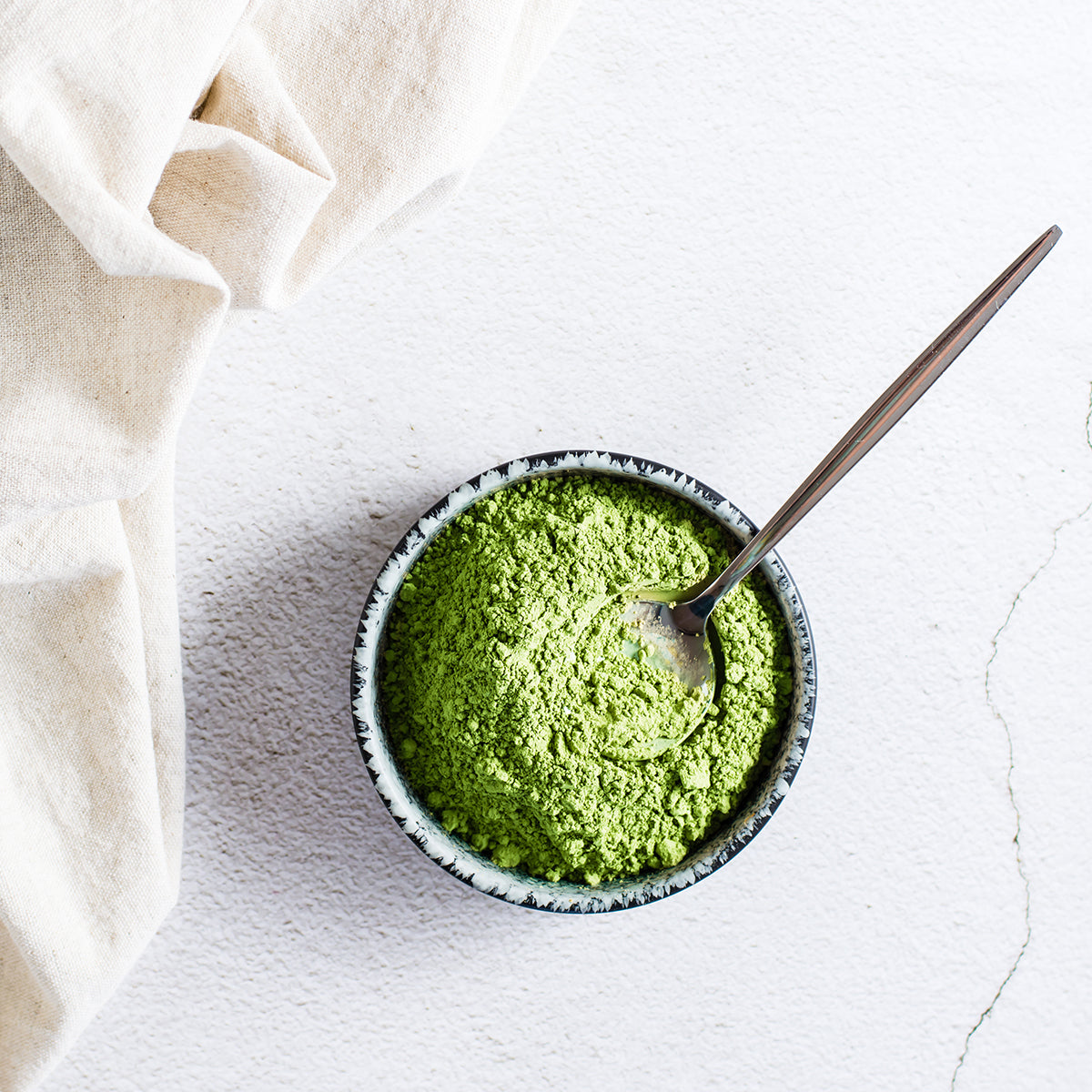At first glance, both spirulina and chlorella seem like nutrients worth including in the diet. They are green, so they are naturally associated with health, and what is more, come straight from nature, so they are certainly beneficial for our health.
What is the difference between spirulina and chlorella?
Both spirulina and chlorella are freshwater algae but they provide different benefits to the body, so taking them together is the best combination for our health.
Chlorella contains higher levels of iron and omega-3 fatty acids, while spirulina is richer in protein and potassium. Chlorella and spirulina contain significant amounts of valuable vitamin B12 and vitamin B1, respectively.
They eliminate toxins and heavy metals from the body.
The combination of chlorella and spirulina algae yields very positive outcomes in terms of body detoxification. Spirulina alkalizes (deacidifies) the body, enhancing the function of the liver, an organ which plays a key role in the detoxification process. Besides, spirulina contains chlorophyll which is known for its detoxifying properties. It helps to remove toxins, i.e. heavy metals and other contaminants present in the blood.
They contain valuable omega-3 fatty acids.
Fish are considered the best source of the healthy omega-3 fatty acids. Have you ever wondered how fish obtain this nutrient? By consuming algae! A study to compare algae oil to a serving of poached salmon demonstrated that both contain more or less the same amounts of omega-3 fatty acids that are required for proper functioning of the heart. Furthermore, they lower blood pressure and have an anti-inflammatory effect. It was also shown that omega-3 fatty acids increase dopamine levels and fight depression.
They provide a complete set of amino acids.
There are few plant-based foods which provide all of the nine amino acids that are required for the body to function properly, but actually spirulina and chlorella fall within this category. Both algae contain a complete set of amino acids, i.e. isoleucine, leucine, lysine, methionine, phenylalanine, threonine, tryptophan, histidine and valine. Amino acids have many essential functions in the body, i.e. tissue repair, nutrient absorption, muscle mass building or regeneration after an injury. Spirulina and chlorella are an ideal plant source of complete protein.
They improve skin condition.
Spirulina boosts cell renewal, facilitating the healing process in the body. Moreover, spirulina can also prevent yeast overgrowth, which helps your skin to regenerate after rashes and acne eruptions. Chlorella contains the nutrients that are required for collagen synthesis, making the skin elastic and smooth. One study conducted in 2016 showed that the chlorophyll in chlorella helps the body to reverse radiation-induced damage.
They also support the immune system in fighting infections.
Both chlorella and spirulina are a source of valuable vitamins and micronutrients, i.e. zinc, that are required for the proper functioning of the immune system. Both algae contain enzymes that provide protection against free radicals, which weaken the body when a disease occurs. Daily intake of chlorella and spirulina relieves the effects of infection, as cells do not need to use their own stored resources. Additionally, they exhibit strong antibacterial and antiviral properties.
References:
https://pubmed.ncbi.nlm.nih.gov/18589030/
https://pubmed.ncbi.nlm.nih.gov/29651972/


